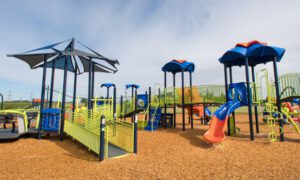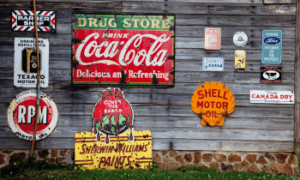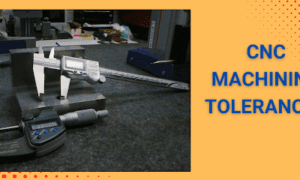A perilous profession by nature, mining exposes workers to numerous hazards—such as unstable rock formations, toxic gases, and even fires and explosions—that can pose serious risks to one’s health and safety. Thus, to protect life and preserve the efficiency and sustainability of the industry, it’s a must for mining companies to place workplace safety at the highest level of priority.
Over the years, advancements in technology and engineering have led to the development of specialised equipment and tools designed to mitigate risks and enhance safety for miners. The implementation of safety equipment and tools has significantly improved the working conditions of miners and reduced the likelihood of accidents and injuries. Let’s take a look at some of these tools and equipment.
Dust Suppressors
A dust suppression system is essential in mining operations, particularly in environments where drilling, blasting, and similar activities that generate dust are prevalent. Devices such as sprinkler systems and stands are designed to control airborne dust particles, reducing the risk of respiratory problems and improving overall air quality for miners. Using dust suppression systems helps prevent health issues such as pneumoconiosis and respiratory infections, safeguarding the long-term health of miners.
Gas Detection Systems
Gas detection systems are indispensable tools in mining operations, particularly in underground environments where gases like methane, carbon monoxide, and hydrogen sulphide can reach hazardous levels. These systems continuously monitor the air quality and provide early warnings of potential gas leaks or build-ups. It also promptly identifies and alerts miners to the presence of harmful gases, so that appropriate safety protocols can then be activated.
Gas detectors ensure a safer working environment by preventing gas-related accidents such as explosions and asphyxiation.
Rock Bolters
Rock bolters secure rock surfaces and prevent collapses by ensuring the stability of underground mine workings. In areas prone to roof falls or instability, these devices are used to install rock bolts, mesh, and shotcrete, effectively reinforcing the rock mass and reducing the risk of accidents. The structural support and stability provided by rock bolters contribute to the overall safety of underground mining operations. They also allow miners to work confidently without the constant threat of rockfalls, contributing both to their productivity and their peace of mind.
Emergency Refuge Chambers
In the event of emergencies such as fires, explosions, or roof collapses, miners can seek safety in emergency refuge chambers.These sealed stations, placed in strategic locations throughout a mind, are furnished with essential supplies such as food, water, medical supplies, and communication devices to sustain miners until rescue teams arrive. A refuge chamber can serve as a lifeline in critical situations, offering miners a secure and controlled environment designed for their safety and well-being during emergencies.
Proximity Detection Systems
Mines are busy environments where plenty of people and machinery converge to perform particular tasks. Proximity detection systems are thus crucial in preventing collisions and accidents involving personnel and mining equipment. Installed on mobile machinery such as haul trucks, loaders, and excavators, these systems use sensors and alarms to alert operators and nearby workers of potential hazards. By providing real-time warnings and promoting situational awareness, proximity detection systems reduce the risk of accidents and injuries caused by collisions or crush incidents.
Respiratory Protection
Continuous exposure to airborne contaminants like dust, fumes, or harmful gases can lead to respiratory issues, which is why miners need suitable and ample protection. Equipment such as respirators and dust masks provide an effective barrier against harmful particles and gases, and play a key role in ensuring the long-term health and well-being of miners. At the same time, the use of these devices allow miners to work safely in challenging conditions.
High-Visibility Clothing
Brightly coloured apparel, reflective vests, and other high-visibility clothing are essential for reducing the risk of accidents in mining environments, especially in low-light conditions. Wearing reflective or bright clothing helps prevent collisions, ensures that miners are easily identifiable while they’re on the clock, and reduces the likelihood of accidents on-site.
Fire Suppression Systems
Fire suppression systems are critical for quickly extinguishing fires and preventing them from spreading in mining sites, where gases and chemicals can make flames burn hotter or larger. Equipment such as fire extinguishers, sprinkler systems, and specialised suppression agents help control and contain fires. They are crucial to not just minimising damage to property and equipment, but also and most importantly, ensuring the safety of miners. With their rapid response capabilities, fire suppression systems contribute to the overall safety and security of mining operations.
Safety in mining is a multifaceted endeavour that requires the concerted effort of stakeholders, including mining companies, regulatory authorities, and equipment manufacturers. Their continued efforts have led to the implementation of specialised safety equipment and tools that have significantly improved the working conditions and reduced the inherent risks associated with mining. By prioritising safety and investing in innovative technologies, the mining industry can continue to enhance the well-being and protection of its most valuable asset: its workers.

































